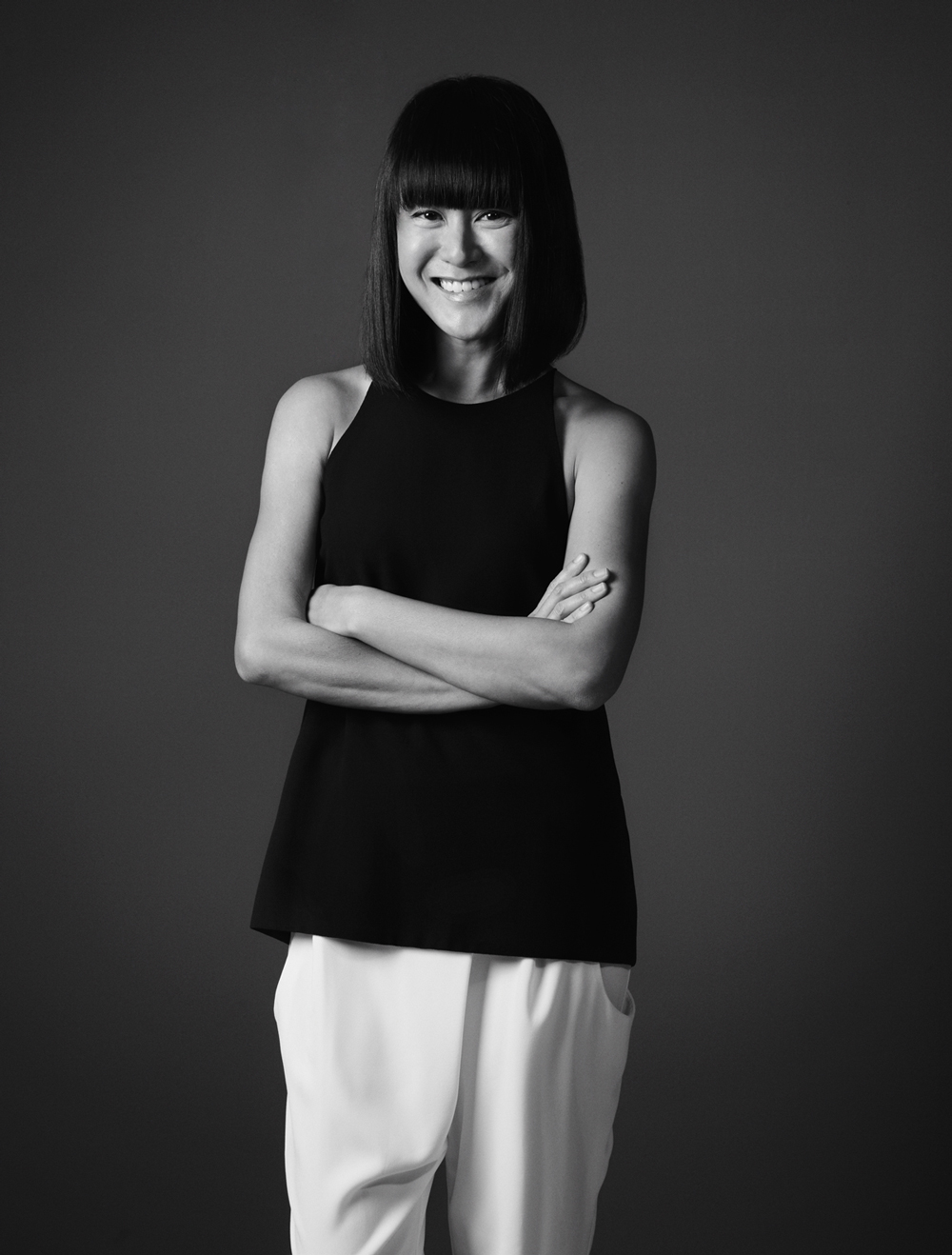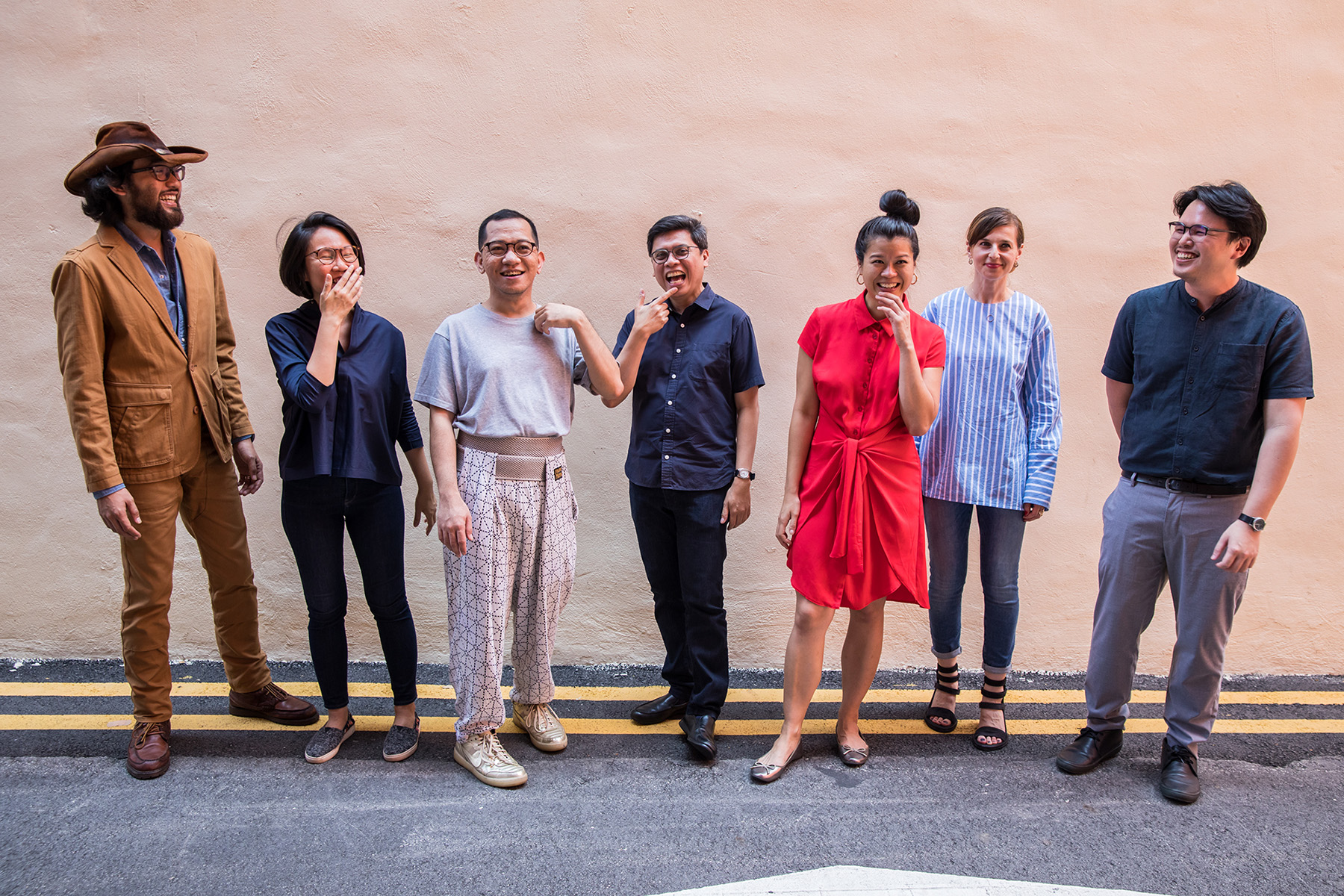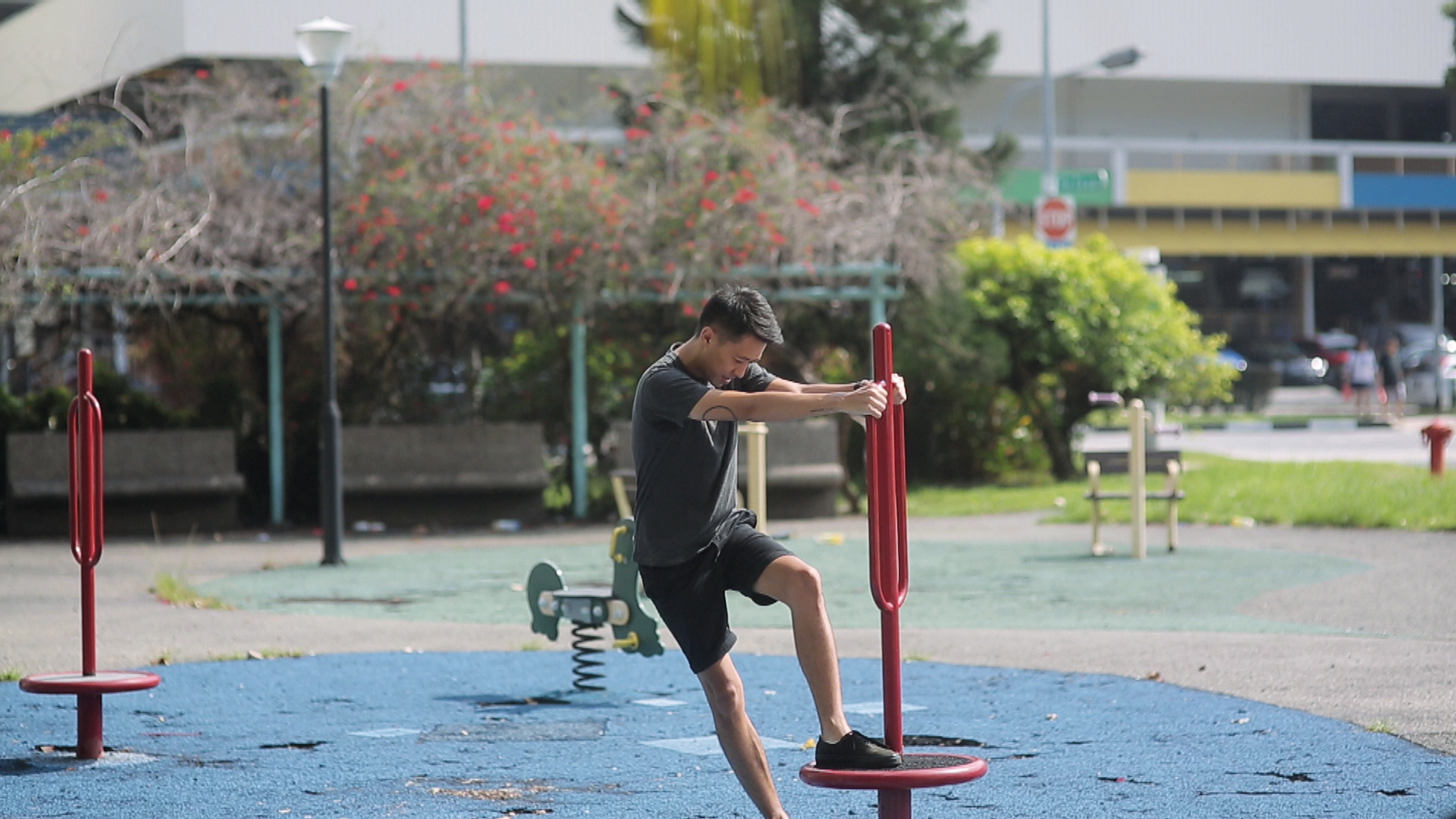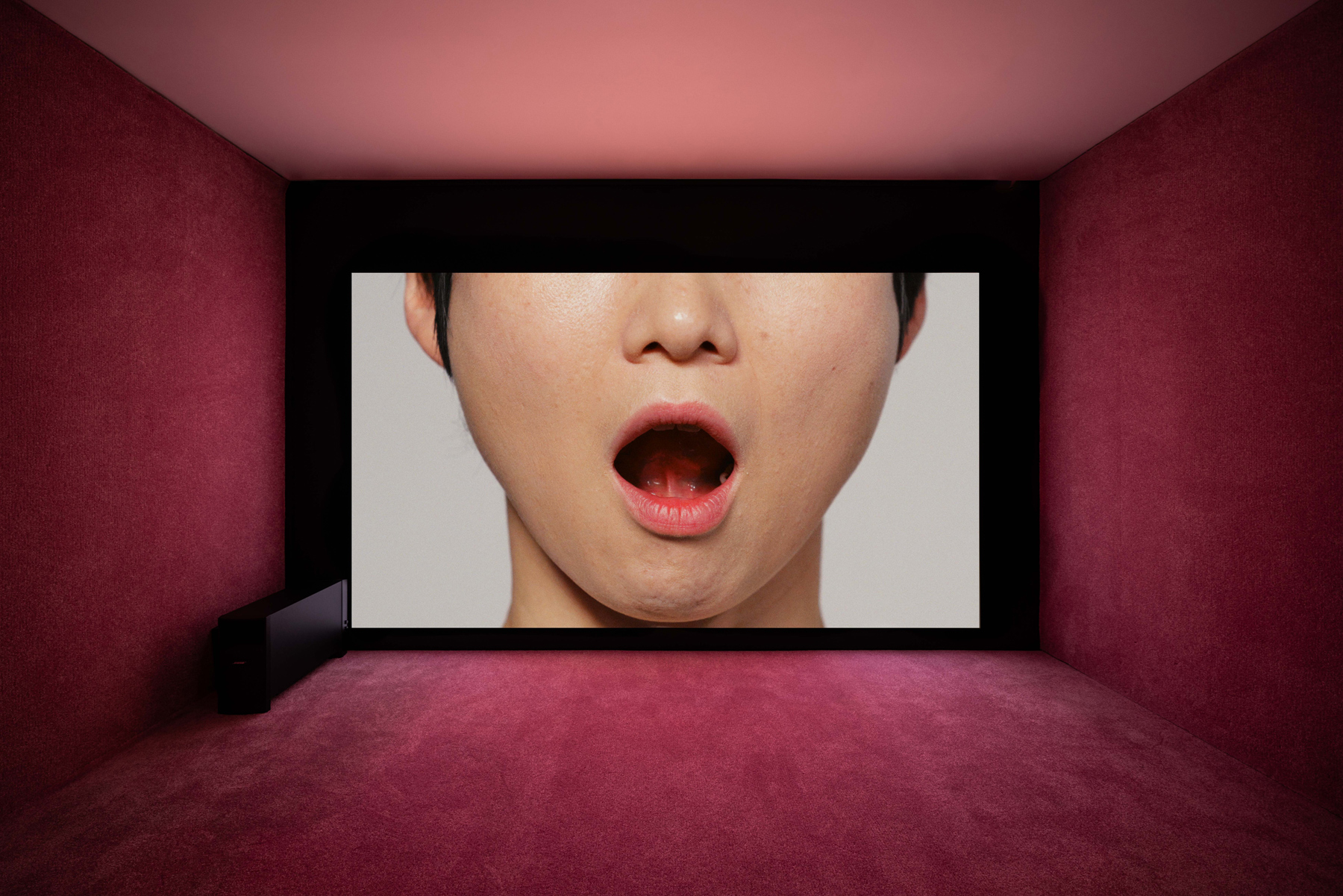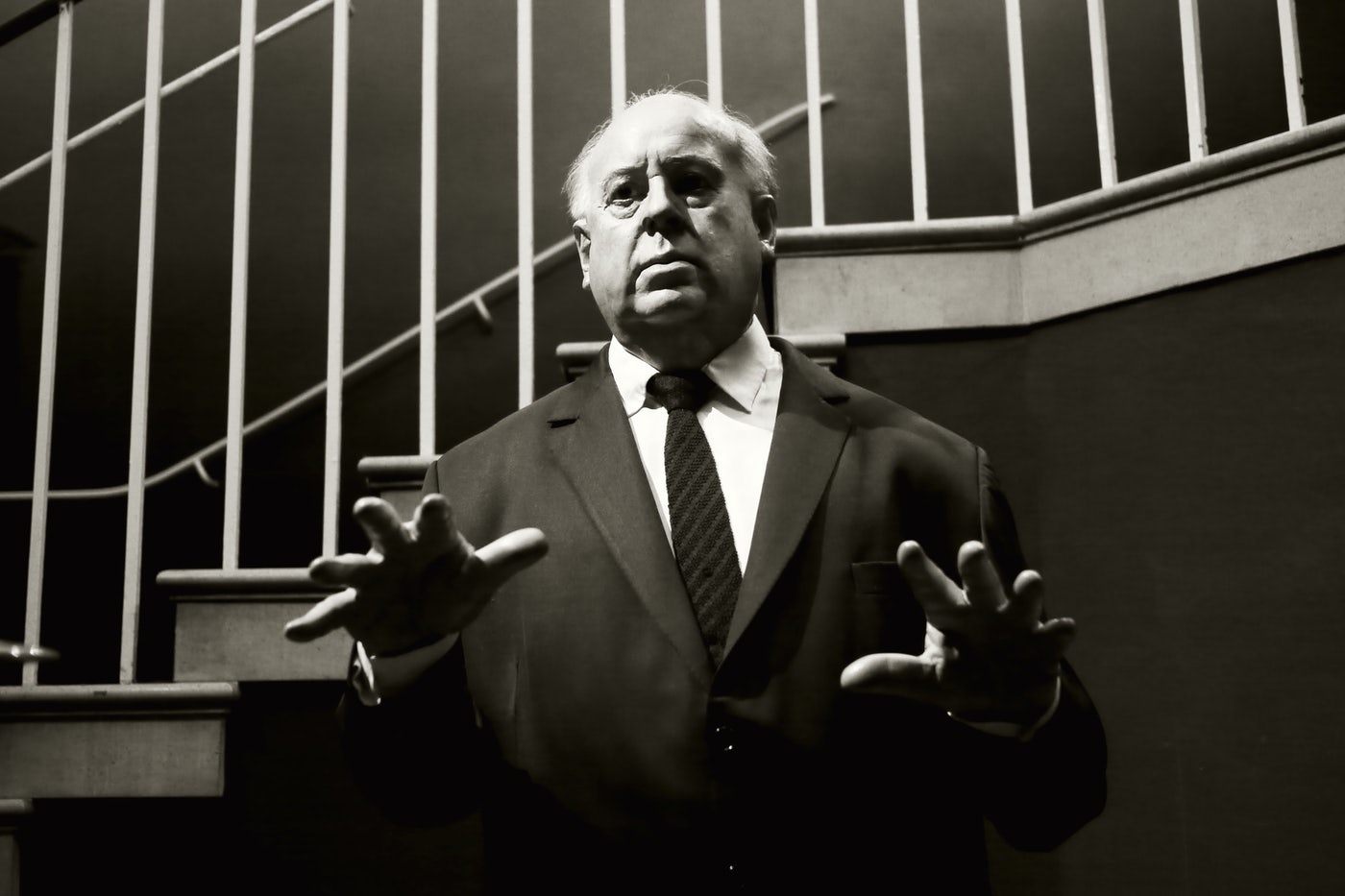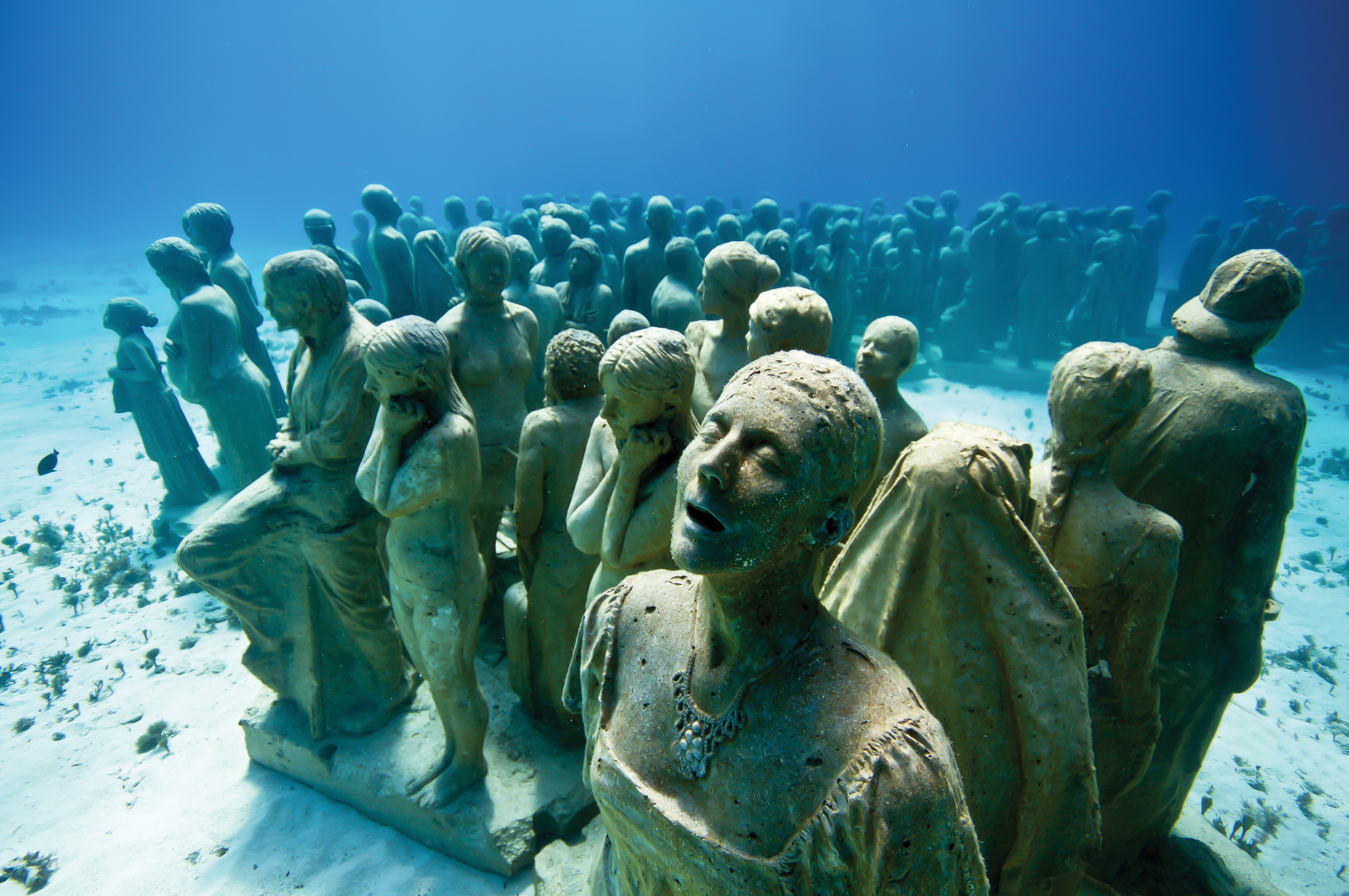War on the
City Highways
War on the
City Highways
Cities are a fact of life for more than fifty percent of humanity today. The growth pressure is incredible—by 2025, absolute numbers would double. Its people are often the forefront of social progress, and ills; the people are consequence, repercussion and its creativity. Urban theorist Mike Davis has written of an emerging 'planet of slums', rigged to a capitalist system. These challenges are not only economic, social and governance; daily life seethes under a straining infrastructure of police, district administrators, courts, hospitals, schools, and maintenance service. The city can be a terrifying place for artists. Its complexity are a perfect foil and muse, while its rising price tags on food to philosophy present multiple complexities and contradicts for artists to reconcile.
Let’s cycle back a few decades: The Situationists International were the first distinct group to embed protestations amidst the city. They’re also remembered, or overhyped, as leading to the endgame of the May 1968 revolt in France.
BREAKING THE SPECTACLE
The Situationists’ protestations were loosely 'of the city'. They hated two things: capitalistic structures and mass media, which tended to be restrictive and illusory, respectively. From 1956 to 1972, Marxism and Lettrism and inspiring anarchism drove their advocacy and art. Journals, books, and exhibitions were published; members were beyond borders, from innovative French filmmaker Guy Debord and Danish artist Asger Jorn (who became good friends), to German artistic collective Gruppe SPUR. They wanted a culture that was 'anti-spectacle'. Situationist thought—or a sort of critical practice—was the fitting operandi of an urban resistance against aesthetics as commodity.
Instead, they encouraged total participation. Situationist ideas are broad, but in their manifesto, culture, and art, are modern life’s redeemers: “One day, everyone will be an artist, producer and consumer all at once. This will remove the need for 'novelty' in artwork.” They wanted nothing less to change the world, and the city was its pivot.
MONTGOMERY AND NEW MANIFESTS
The Situationists International fell apart in 1972—indeed, it has never required political organisation for an essential philosophy that debunks it. But their ideas continue to influence. The Occupy movement that properly gave our era’s first defining Burning Man is a prime example, as was the Arab Spring. Radical theorist Ken Knabb drew parallels between 2011 America and 1968 France:
“The Occupy movement has already been characterized by a similar creativity expressed in thousands of homemade signs. The tone may be a bit different—perhaps a bit more wicked and incisive in France, more naïve and earnest in America—but in both cases there is a rich mix of joy and humor, insight and irony, poetry and poignancy, camaraderie and community. Like the graffiti, the signs are of course only a modest, visible expression of the movement, but they tend to express its nature, what it really going on in the participants’ hearts and minds, better than any official declarations or political programs.”
THE WORLD IS STILL A GAME
The Situationists may be heartened to see their ideas continued in various permutations. Today, it’s less loud than, say, Sex Pistols and other pop punk incarnations. EACH x OTHER, a collaborative art and fashion brand, takes a stab at precisely that. Drawing on the principle of a publishing house, the acts as magnetic point, using mediums of fashion, books and design objects as art. One central series is inspired by British artist Robert Montgomery, whose evocative text art installations have been hailed as a post-situationist triumphs—commentaries on capitalism in its current forms.
With EACH x OTHER, the focal piece are Montgomery’s ONE DAY cast aluminium panels. Montgomery developed a process similar to bronze casting, except with recycled cans. He said, “I had wanted to experiment in casting with recycled aluminium for a while but would not have been able to research and develop the technical process without the support and collaboration of EACH x OTHER.”
At the same time, the new generation of art buyers are less museum hounds and mantelpiece collectors, more willing for their art to become part of their daily living experience—for instance, like buying shoes. And Montgomery is exemplar of this situationist meld between art and experiential activity. He encourages us to reconsider peace and freedom. For example, his works at the old Templehof airport in Berlin and Trafalgar Square in London invite a question: what the monuments and structures of our cities mean?
Critics may question the efficacy, using terms such as 'nascent' or 'populist'. They are right. But they ignore one important fact. The situationist tradition of spontaneity, in effect, if not deliberation, potential for assembly, and its experiential power are what underpin revolutions. Whether such art invoke active subversive use may be inconsequential in the long term, the timestamps remain on capitalism in its current form.
Montgomery’s work embeds itself in the daily physical touch points of city dwellers, places where we eat, work, visit. His choice of material, poems, and occupied space are metaphors that create a pause for a kind of rich silence.
"Montgomery’s work embeds itself in the daily physical touch points of city dwellers, places where we eat, work, visit. His choice of material, poems, and occupied space are metaphors that create a pause for a kind of rich silence."
In Montgomery’s post-situationist style, this exit from life is contemplative, an almost graceful effort. By using the physical city to guide you into its collective needs, he empowers the citizen’s thought to decide 'what you hate, what you love'. Envisioning the city as a collective property, there’s something deeply democratic in Montgomery’s work that leads to think that, perhaps, poetry can feed.
